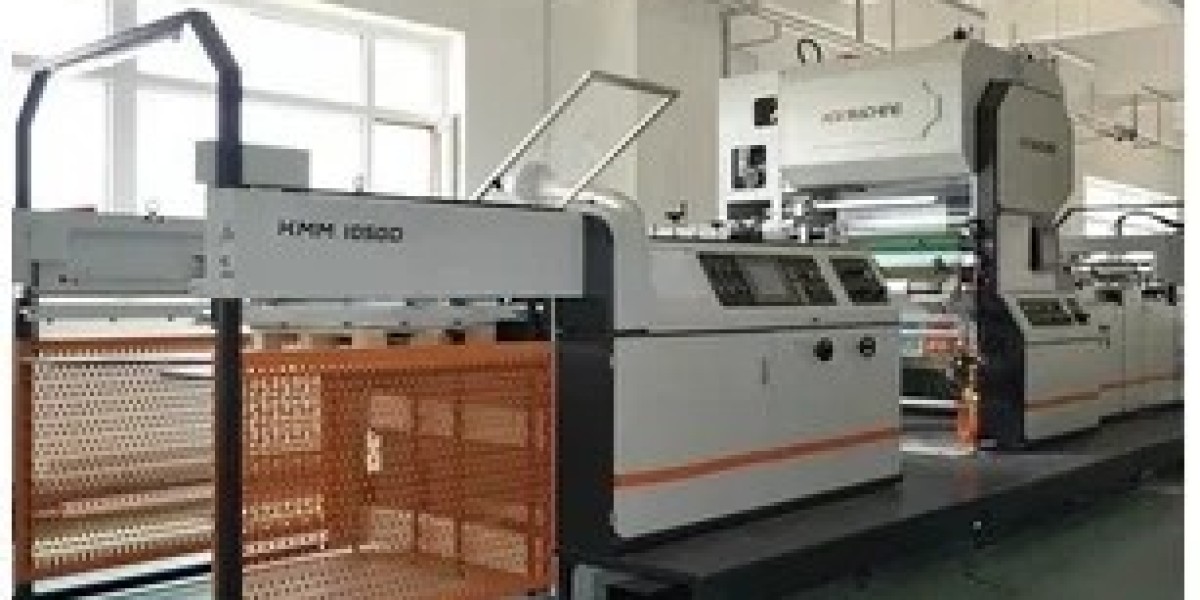Friends who are engaged in thecustom Greeting Cardsindustry all know that in the printing process, if you want to have better product quality, the laminating process is essential. In the film coating process, many factors will affect the effect of the film coating process, if the film coating process is not done, the quality will be greatly reduced! So what are the factors that affect the laminating process?
First, the addition of powder
In order to adapt to multi-color high-speed printing, the offset printing process is often used to solve the problem of backside dirt.
Powder spray is mostly composed of cereal starch and natural suspended substances, the anti-sticking effect of powder spray is mainly to form a layer of irreversible mat on the surface of the ink layer, thereby reducing adhesion. Due to the coarse particles, if the printing process is too much powder, these particles float on the surface of the print, the adhesive is not bound to the ink layer in every place when the film is coated, but to this layer of powder, resulting in false adhesion phenomenon, which seriously affects the quality of the film. Therefore, if the product needs to be coated after printing, the amount of spray powder should be controlled as much as possible during printing.
Second, the type of printing ink
The printing material to be coated should be quick-setting glossy offset printing ink, which is composed of a synthetic resin, dry vegetable oil, high boiling kerosene and a small amount of gum. The synthetic resin molecule contains polar groups, and the polar groups are easy to diffuse and penetrate each other with the polar groups in the adhesive molecule, and produce cross-linking, forming physical and chemical binding force, which is conducive to film coating. Fast fixation This photooffset printing ink also has the advantage of rapid drying of the ink layer after printing, which is also very beneficial to the film. However, it is not appropriate to put too much drier when using, otherwise, the surface of the ink layer will crystallization, but affect the coating effect.
Third, the use of ink diluent
Ink diluent is a kind of substance that can lighten the color of ink, and the commonly used ink diluent has white ink and gloss oil.
White ink is a type of ink, which is composed of white ink pigments, bonding materials and auxiliary materials. It is often used in light-colored field printing, spot color printing and trademark pattern printing. Poor quality white ink has obvious silty particles, and the bonding material is not tight, the bonding material will soon penetrate the paper after printing, and the pigment will float on the paper to form an obstacle to bonding, which is why some light colored field prints are often not easy to laminate.
Light oil is a fast drying diluent from inside to outside. It is a gelatinous transparent substance made of resin, flat vegetable oil, drier, etc., with fine texture and bright conjunctiva, it has good affinity and can firmly adsorb polypropylene film on the surface of the ink layer. At the same time, the glossy oil can make the imprinting glossy and dry faster, and the printing performance is good. Therefore, it is an ideal ink diluent.
Four, printing ink layer thickness
Thick ink layer of field prints, often difficult to bond with plastic film, will soon delamination, foaming. Because the thick ink layer changes the porous surface characteristics of the paper, the paper fiber pores are closed, which seriously hinders the penetration and diffusion of the adhesive.
In addition, if the ink layer and the ink layer area on the surface of the print are different, the adhesive wettability is also different. Experimental results show that the surface tension decreases significantly with the increase of ink layer thickness or graphic area. Therefore, whether it is monochrome printing or overlapping color printing, we should strive to control the ink layer in a thinner degree.
The thickness of the printing ink layer is also directly related to the printing method, and the thickness of the ink layer is different from the printing method. From the point of view of the film, the lithographic print is ideal, its ink layer is very thin.
custom Greeting Cards https://www.thpkgg.com/Greeting-Cards.html







